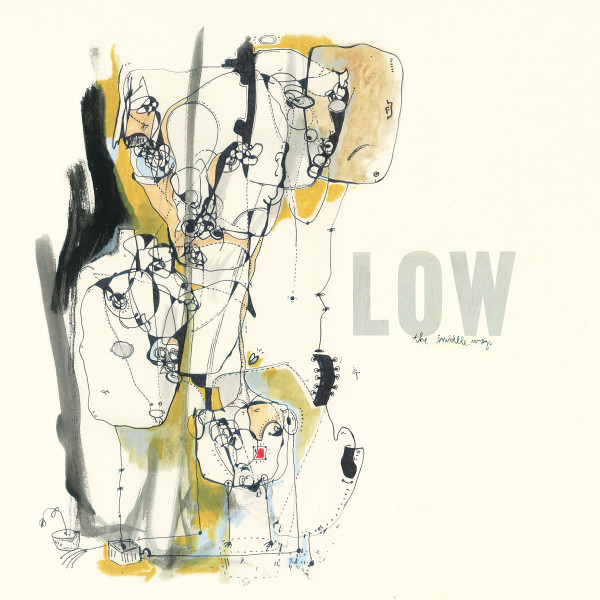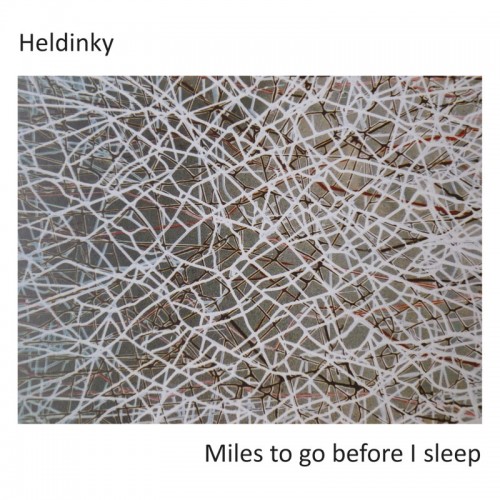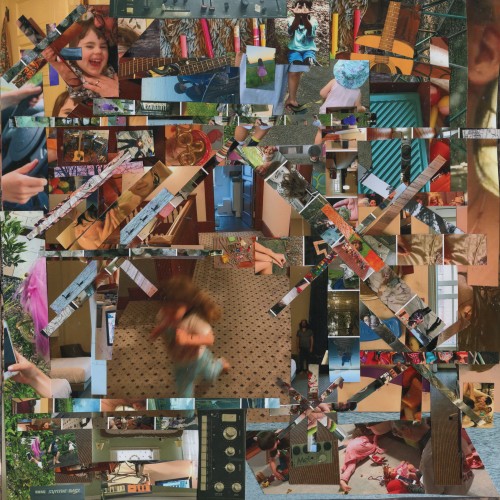 I saw that car. You know which one. In Stockwell, where I used to stay at a mate’s brother’s squat. I think Thatcher On Acid or Blyth Power or someone lived there. It just sat on the street a few doors down and we took polaroid pictures of each other lying in vaguely provocative poses on the bonnet. Eventually, someone yelled at us to fuck off, so we did. It was dark, we didn’t get to see who it was, but I hope it was Bill or Jimmy. Later that year, I made my first acid house track. It was terrible, but that car was responsible, not me. It’s not a great anecdote, but it’s the only one I’ve got.
I saw that car. You know which one. In Stockwell, where I used to stay at a mate’s brother’s squat. I think Thatcher On Acid or Blyth Power or someone lived there. It just sat on the street a few doors down and we took polaroid pictures of each other lying in vaguely provocative poses on the bonnet. Eventually, someone yelled at us to fuck off, so we did. It was dark, we didn’t get to see who it was, but I hope it was Bill or Jimmy. Later that year, I made my first acid house track. It was terrible, but that car was responsible, not me. It’s not a great anecdote, but it’s the only one I’ve got.
Let’s get it out the way: this book takes a relatively simple, descriptive journey through fairly well-known KLF history. Fans who’ve read the other books on The JAMMs or any of Bill Drummond’s books will know a lot of this stuff already, though the coming together of the two boys in the earlier chapters is less well-known and presented a little like a cosmic jigsaw finally being completed by a gruff old man who’s already loved and lost too many times to count.
It’s clear that there’s gentle genius at work here, but this book is very much about the music, as opposed to the Art and, free of that the abstractions and the theories (which we knew were made up as they went along), you get a real feel for the chaos and the steel that made the, well, songs so memorable. I mean, everyone I knew loved The KLF and also thought they were a bit shit; there was no contradiction, no dissonance there and we didn’t feel cheated by their drive towards chart success (as we did, say with The Shamen), because everything they were evoking – the whole Discordian shtick – was always beautiful and heartfelt. The were what other people said The Sex Pistols were, with a few buckets less cynicism and a laugh-out-loud contempt (and love) for everything.
Ian Shirley’s book gives a taste of this, even if it takes the production itself very seriously (and you get the impression that, above all, The KLF were deadly serious about their silliness, shark-eyed straight in their analysis of pop fabrics). Consider Drummond’s response to Jarvis Cocker’s bum-wiggle at the Brits, for instance; he’s the only geezer in the room siding with Michael Jackson because… At least he believes. While The KLF are seen as a the ultimate in meta-artists, this book sets them instead as fundamentally at odds with all those sly sideways looks. They don’t really deal in irony: it’s pure deliberation.In fact, this is the kind of thing the book does best, even if it occasionally descends into the inevitable list-making exercise that these books get criticized for – personally, I like a list; it’s this kind of ephemera which makes this book dippable. I’ll return to this more than I’ll return to the other books I have on this scene and period precisely because it eventually falls away into the encyclopaedic. That said, the lack of an index is slightly annoying, because there’s enough characters popping in and out of the shadows to merit some kind of cross-referencing.
Above all, this book highlights what I loved about The JAMMs when I heard the 1987 album: they gave the impression that music could just be about getting on with things. It was a rather prosaic message, unencumbered at source with all the magickal paraphernalia. It didn’t require Art, higher or lower case. It seemed as punk as you could get and this book helps with that insight: you see them burrowing their way overground, via various near-hits and missed opportunities. They kept going and just released stuff, with a gleeful disdain for convention and, of course, copyright. They understood, earlier than most it seemed, that the new decade – the 1990s– was always going to be about the past and wanted to find new ways of listening, of finding new ways to let old habits die. It wasn’t long before the likes of Oasis re-sanctified The Beatles, but this was anti-Brit Pop in every way; this was sacrilege played for goofy kicks. For a while, everything they did, even the crap stuff (especially the crap stuff) seemed like a bark in the face of a music industry that didn’t yet know that things were changing. Nirvana et al gave a kind of false hope and The JAMMs knew this, long before The Timelords, before The KLF.This book might pretend that they were just a band, and Shirley writes about them as if they were merely musicians, but it was never as good as that.
-Loki-



